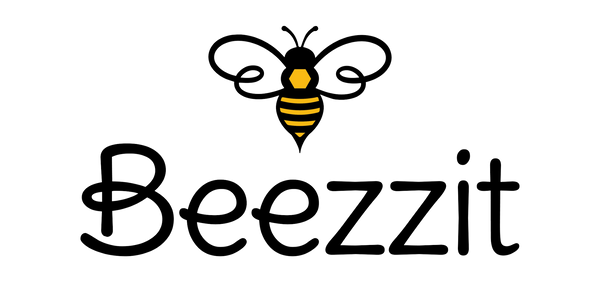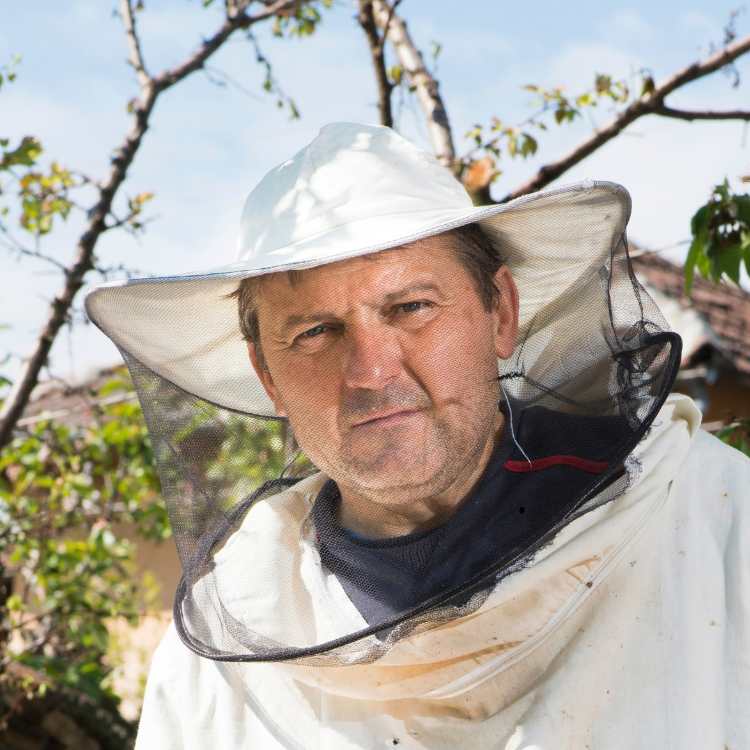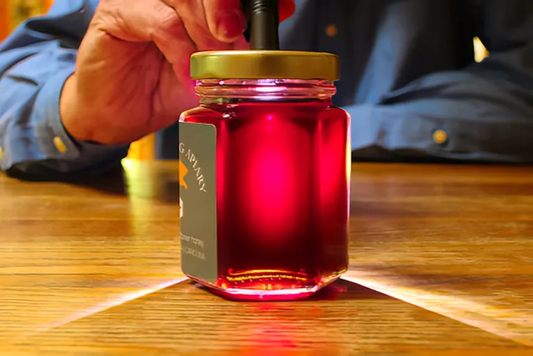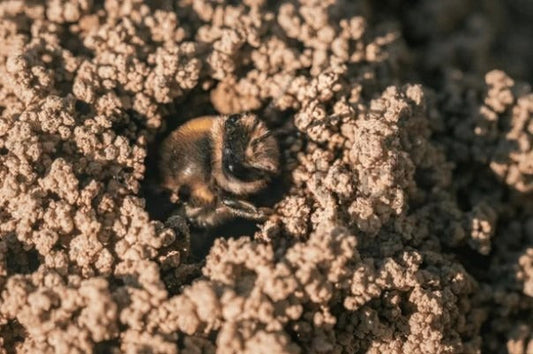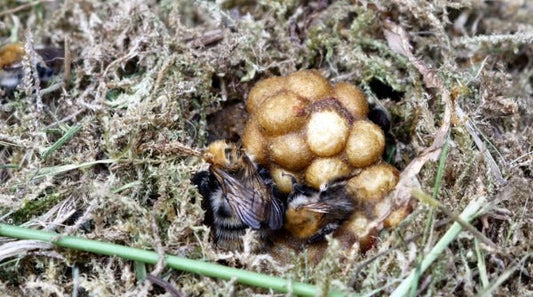Having a well-functioning bee smoker is quite essential for beekeepers who regularly inspect their hives. And having the right bee smoker fuel can make all the difference between a calm, manageable hive and a chaotic one. The right bee smoker fuel should be able to last long, produce a very cool smoke, and be free from any harmful chemicals. Therefore, it is no mystery that most beekeepers are on the lookout for that perfect fuel option for their bee smokers.
We spoke with the experts to bring you some very interesting insights that should make your choice fairly obvious, depending on your use case. Here is what you need to know.
Why smoker fuel matter?
The primary use of a bee smoker is to create a gentle smoke that masks alarm pheromones released by bees. When the smoke is able to mask these pheromones, the colony tends to remain calm and reduces defensive behavior. The best bee smoker fuel should be able to smolder steadily to generate a thick and cool smoke without igniting into open flames.
Top choices for bee smoker fuel
Cotton
Most believe cotton to be the best fuel for bee smokers. It is not without reason. Cotton has the ability to smolder steadily and creates a very cool smoke. The steady smolder also means that cotton is able to last much longer than any other type of smoker fuel. Plus, cotton does not contain any resins that can gum up the smoker. The only downside with cotton is its rarity. Pure cotton is very hard to come by. We suggest stocking up in advance to ensure a smooth supply throughout the beekeeping season.

Pine Needles
If you need something that is much readily available, pine needles can also work. Much more readily available than cotton, pine needles also produce a very consistent smoke when it is layered properly. However, the smoke tends to be hotter than ideal, and the resin in the pine needles can gum up the smoker. Plus, pine needles are notorious for burning quickly if they are not layered properly with fresh needles. If you are using pine needles, always ensure that there is a layer of fresh needles between the burning materials and the top of the smoker to keep the smoke cooler.

Burlap
Burlap is another excellent choice that offers similar benefits to cotton. Like cotton, burlap too smolders with low heat to keep the smoke cool and lasts for a long time to produce a steady stream of smoke. Unlike pure cotton, burlap is also more easy to find in most places. However, there are a few downsides with burlap to consider. Burlap burns faster than cotton, needing faster refills. Also, be sure to use untreated burlap only as smoker fuel to avoid exposing your bees to harmful chemical fumes.

Corrugated cardboard
Another super easy option that you can find anywhere is cardboard. These are everywhere and cheap. When you burn cardboard, it can generate a large volume of smoke very quickly. But the drawbacks do make it less than ideal. Smoke from burning cardboard is very hot and burns very quickly. Also, some cardboard might come with adhesives or resins that can harm the bees. For the best results, we suggest using only untreated, plain corrugated cardboard with no ink or coatings.

Wood pellets
Wood pellets are a commercially available bee smoker fuel that you can buy from your local store or order online. These are quite affordable to buy in bulk. Wood pellets have a much longer burn time when compared to other fuels. But it is not all pros with wood pellets, though. There are a few cons to consider as well. Smoke from burning wood pellets tends to be much hotter than other bee smoker fuel types, and they also contain resins that clog up the smoker. Also, it is important to note that when you burn wood pellets, these often produce an open flame, which is a serious fire hazard. For the best results, we suggest mixing wood pellets with other cooler burning fuels like cotton or burlap.

How to light and maintain your smoker
Even with the best bee smoker fuel, proper lighting and maintenance ensure optimal performance. Here is a quick rundown.
- Using a reliable source of ignition: Blowtorches are the best choice to light your bee smoker, especially in windy conditions.
- Start with an easy to ingine base: Dry leaves or egg cartons can work well to get the fire going before adding your main bee smoker fuel.
- Layer your fuel: Add small amounts at a time. This will allow the air to circulate prevent smoldering the embers.
- Maintain airflow: Puff the bellows periodically to keep the smoke flowing.
- Keep the smoker cool after use: Stuff the chamber with grass and allow it to cool before storing it in a metal container to prevent accidental fires.
Did you find the perfect bee smoker?
Choosing the best bee smoker fuel boils down to a cool and steady smoke that doesn’t hurt the bees. All the options mentioned here come with their own set of pros and cons, and you will have to analyze each to find the right one for you. The right fuel will keep your bees calm and make the entire process smoother and more enjoyable.
The world of bees and beekeeping is immense, and it can be quite fun to get deeper insights into this wonderful world. Learn more from our complete blog here.